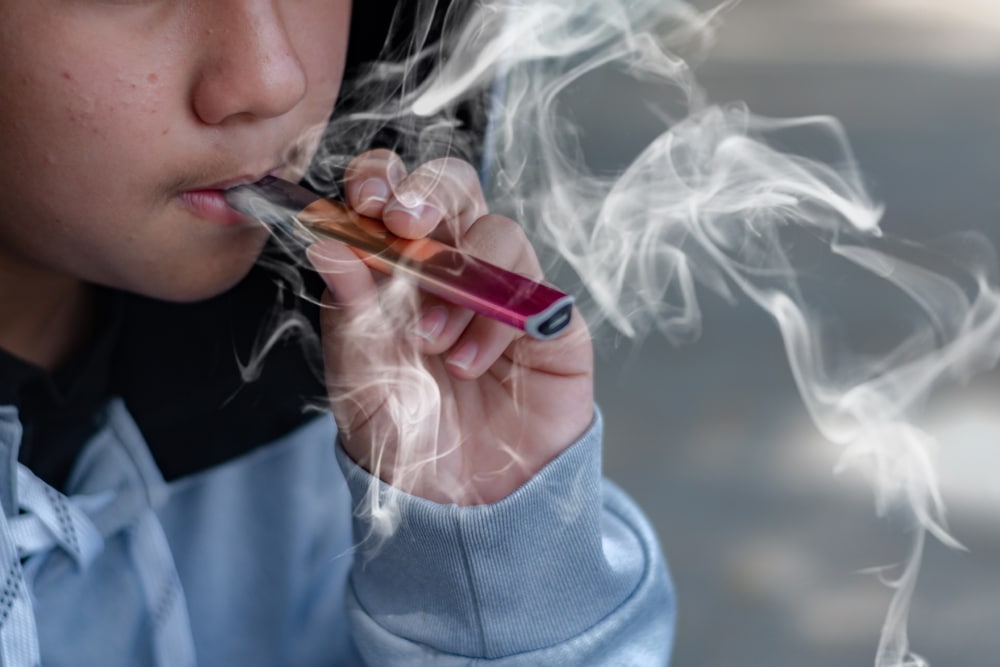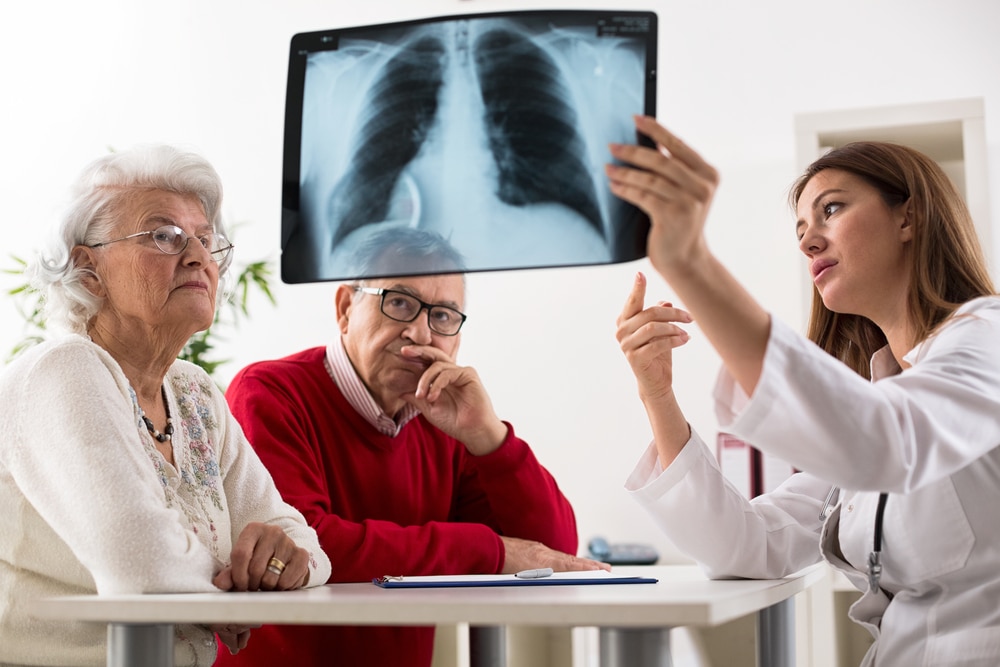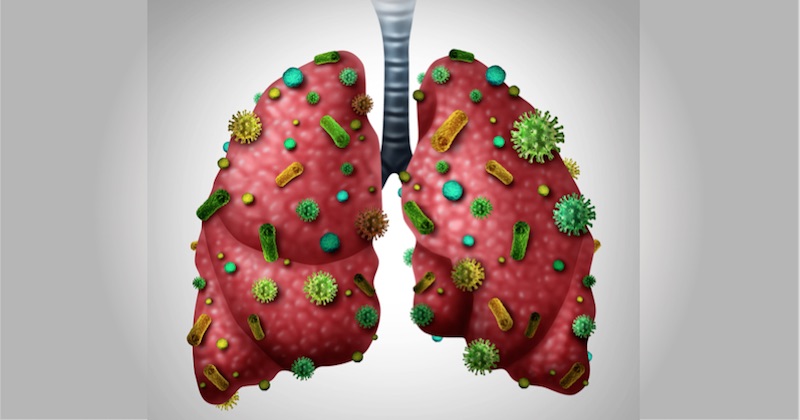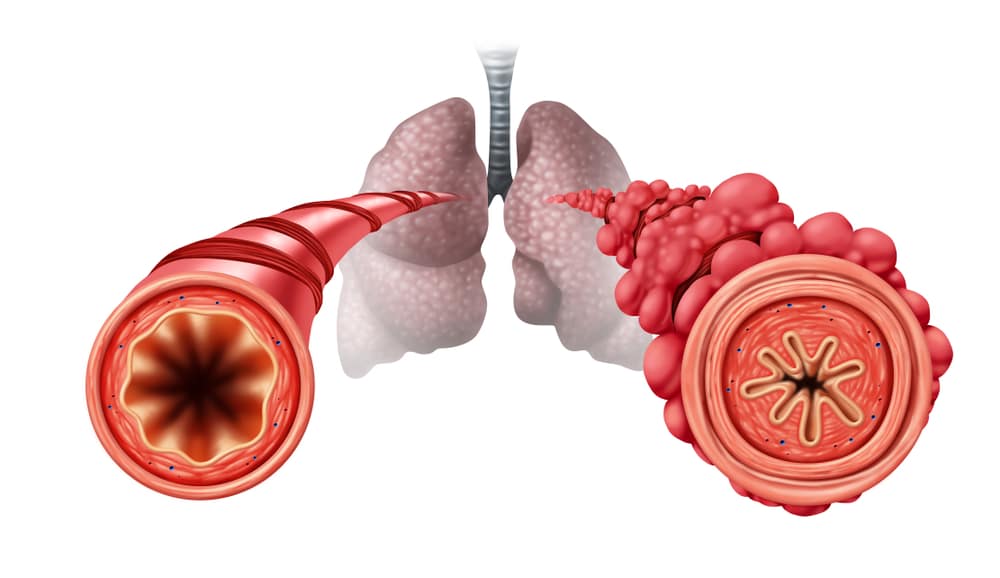How Vaping Flavors Are Scarring Young Lungs for Life
Last updated on
Popcorn lung sounds almost comical, like something you might get after a movie marathon, but the reality is anything but funny. Doctors are sounding the alarm about a rare and devastating lung disease officially known as bronchiolitis obliterans, which is increasingly linked to vaping and flavored e-cigarettes. This irreversible condition scars and narrows the tiniest airways in the lungs, leaving patients struggling to breathe and, in severe cases, fighting for their lives.
What makes the situation more alarming is the age group now at risk. Once an industrial occupational hazard for factory workers exposed to chemical fumes, popcorn lung has found a new breeding ground among teenagers and young adults who vape. The sweet, fruity, candy-like scents that draw people to vaping could also be what silently destroys their lungs.
The Origins of a Deadly Name
The story of popcorn lung began in the late 1990s and early 2000s when workers at a Missouri microwave popcorn factory developed unexplained respiratory illnesses. The common thread among them was exposure to diacetyl, a chemical used to create buttery flavoring in foods. When inhaled in large quantities, it caused irreversible scarring of the lung’s smallest airways. Autopsies and scans revealed shocking lung damage, and the name popcorn lung was born.
Diacetyl was swiftly banned from popcorn production, and most major manufacturers removed it from their products. However, the chemical quietly found its way into other industries, including the booming e-cigarette market. In vaping liquids, diacetyl and its chemical cousins like acetoin and 2,3-pentanedione are used to mimic creamy or buttery flavors such as vanilla, caramel, and custard. While these additives are considered safe to eat, inhaling them is a different story.
The Vaping Link That Changed Everything

For years, vaping was marketed as a safer alternative to smoking cigarettes. Sleek devices, clever marketing, and thousands of flavor options made vaping especially appealing to young users. What many didn’t realize was that these flavors often relied on chemicals never meant to enter the lungs.
Professor Donal O’Shea from the RCSI University of Medicine and Health Sciences explained that when diacetyl becomes aerosolized, it transforms into a toxic inhalant. Once inhaled, it inflames and scars the bronchioles, making it progressively harder for air to flow through the lungs. The damage is permanent, and once it starts, there is no cure. Treatment focuses only on managing symptoms through steroids, bronchodilators, or in the most severe cases, lung transplantation.
Despite these dangers, vaping continues to surge in popularity among young adults. According to the UK’s Office for National Statistics, more people over 16 are now using e-cigarettes than traditional tobacco products. In the United States, the Centers for Disease Control and Prevention reported that e-cigarettes are the most commonly used tobacco product among middle and high school students. Among those who have tried vaping, more than 40 percent reported using them regularly.
Why Flavors Matter More Than Most People Think

Flavored vapes are one of the biggest drivers of the vaping trend. With names like Mango Ice, Cotton Candy, and Vanilla Custard, these products are marketed to sound harmless and even fun. Yet behind the flavor lies a chemical complexity that is still not fully understood. Researchers have identified more than 180 different flavoring agents used in e-cigarettes. When heated, many of these chemicals can break down into new compounds, some of which have never been tested for safety when inhaled.
Diacetyl is among the most notorious of these chemicals. A Harvard University study found that 39 of 51 popular e-cigarette brands contained diacetyl, while 92 percent had one of three harmful flavoring agents linked to lung damage. Even vapes that claim to be diacetyl-free may contain similar substitutes with the same harmful effects.
The crucial difference between eating and inhaling these substances lies in how the body processes them. When eaten, chemicals pass through the digestive system and are filtered by the liver before entering the bloodstream. When inhaled, they bypass these filters and go straight into the lungs and then the bloodstream within seconds. The lungs, delicate and intricate, are not designed to handle such chemical onslaughts.
How Popcorn Lung Damages the Body

Bronchiolitis obliterans affects the bronchioles, the smallest branches of the lungs that control airflow. Once inflamed, they begin to scar and narrow. This scarring prevents oxygen from efficiently reaching the bloodstream, leading to shortness of breath, wheezing, and chronic cough. Early symptoms often mimic those of asthma or bronchitis, which can delay diagnosis and treatment.
Typical signs include:
- A dry, persistent cough that doesn’t improve with medication
- Shortness of breath, especially during physical activity
- Wheezing sounds when exhaling
- Fatigue and general weakness
- Chest tightness or discomfort
- In some cases, fever, night sweats, or skin rash
As the condition progresses, breathing becomes increasingly difficult. Patients may require oxygen therapy or even lung transplants to survive. There is no known way to reverse the damage once it occurs.
A Chemical Problem Regulators Struggle to Control
While diacetyl is banned from e-cigarettes in the European Union and the United Kingdom, it remains unregulated in many other places, including the United States. Worse still, illegal and counterfeit vape products are widely available online and in unregulated markets. These untested products often contain banned or mislabeled ingredients, putting users at even greater risk.
In 2017, the U.S. Food and Drug Administration postponed the requirement for e-cigarette manufacturers to submit product ingredients for review. This regulatory delay meant thousands of products remained on the market without proper safety checks. Advocacy groups like the American Lung Association have since called on the FDA to act swiftly, demanding that all harmful chemicals, including diacetyl, be removed from vaping products.
Until stronger enforcement takes place, consumers are left largely unprotected. The gap between industry marketing and medical reality continues to widen.

From the Popcorn Factory to the Vape Shop: Repeating History
The similarities between the popcorn factory cases and the modern vaping crisis are haunting. Both involve inhaling chemicals originally designed for flavoring food. Both led to irreversible lung scarring. And both were preventable.
The tragedy of the popcorn factory workers prompted sweeping industrial safety reforms. But in the vaping world, regulation has lagged behind innovation. Manufacturers constantly introduce new products and flavors faster than health agencies can study them. The result is a global experiment with millions of participants, many of whom are unaware of what they are breathing in.
Just as butter flavoring was harmless when eaten but deadly when inhaled, many vape flavorings pose hidden risks. This mismatch between perception and chemistry lies at the heart of the popcorn lung problem.
The Human Cost Behind the Statistics
Behind the data are real stories of young people facing lifelong consequences. One widely reported case in the United States involved a teenager who developed popcorn lung after vaping secretly for three years. Her symptoms began as a persistent cough and shortness of breath, eventually worsening to the point where everyday activities left her gasping for air. Doctors confirmed irreversible lung damage consistent with bronchiolitis obliterans.
Her story echoes the 2019 EVALI (E-cigarette or Vaping Product Use-Associated Lung Injury) crisis, which resulted in more than 2,800 hospitalizations and 68 deaths in the U.S. That outbreak was traced to vitamin E acetate, another chemical thickening agent used in certain vaping products. Though the cause was different, the pattern was the same: inhaling chemicals not meant for the lungs leads to disaster.
Each new case adds to growing medical evidence that vaping is far from harmless. A multinational study found adolescents who vape report significantly more respiratory symptoms compared to non-users, even when controlling for smoking habits. Certain flavors and high nicotine salt concentrations appear to increase these risks.
The Illusion of Safety and the Psychology of Vaping
Vaping’s appeal lies not just in the flavors but also in the image. It is sleek, modern, and marketed as a cleaner alternative to smoking. Influencers and social media have fueled the perception that it’s a healthier lifestyle choice. The reality, however, tells a different story.
Unlike traditional tobacco, vaping’s chemical composition is endlessly variable. Every new device, every new e-liquid, and every tweak in temperature settings can alter the chemical compounds users inhale. This makes it nearly impossible to predict long-term outcomes.
Nicotine remains another major factor. Though some young users begin vaping for the flavor, many quickly become addicted. Nicotine dependency develops fast and makes quitting difficult. For teenagers, nicotine exposure also affects brain development, particularly in areas related to attention, learning, and impulse control.

Can Popcorn Lung Be Prevented?
There is no cure for popcorn lung, which makes prevention the only effective strategy. That begins with awareness. Many young users simply don’t know the risks. Education campaigns, stricter labeling, and ingredient transparency could help bridge that knowledge gap.
For individuals who already vape, doctors advise the following steps:
- Check ingredients carefully: Avoid flavored e-liquids, especially those with creamy or buttery profiles.
- Reduce use: The less exposure, the lower the risk. Cutting down vaping frequency can make a meaningful difference.
- Avoid illegal or unregulated products: These often contain banned chemicals and unknown additives.
- Seek medical advice early: If you experience persistent coughing or shortness of breath, consult a pulmonologist. Early diagnosis can help manage symptoms.
- Consider quitting altogether: Many resources now exist for vaping cessation, including counseling, nicotine replacement therapies, and support programs.
It’s also worth remembering that secondhand vapor isn’t harmless. Studies show it contains nicotine, ultrafine particles, and harmful chemicals like benzene and diacetyl. While less concentrated than direct inhalation, exposure still poses health risks, especially for children and those with pre-existing lung conditions.
A Warning for a Generation
Popcorn lung is more than a medical condition; it’s a cautionary tale about how quickly technology can outpace regulation and public understanding. What started as a flavoring innovation in the food industry now threatens to scar the lungs of a new generation. The disease’s irreversible nature means that even a single mistake a few years of casual vaping can have lifelong consequences.
Experts warn that the lessons learned from factory safety decades ago should not be ignored. The same principles apply: what we inhale matters just as much as what we eat. Chemical safety cannot rely on assumptions drawn from one form of exposure.
The Air We Choose to Breathe
The rise in popcorn lung among young adults reflects a broader issue — our underestimation of chemical risks in everyday products. Vaping may seem sleek, harmless, and even fashionable, but beneath the clouds of fruity vapor lies a potential for lasting harm. The lungs, fragile and irreplaceable, cannot recover once scarred.
The simplest truth is the most powerful: prevention is the only cure. Whether through stronger regulation, better education, or personal choice, protecting our lungs from chemical exposure must take priority. Popcorn lung may have started in factories, but it is now unfolding in bedrooms, schools, and city streets one puff at a time.
Understanding the hidden dangers behind vaping is not just about avoiding disease. It’s about learning from the past and refusing to repeat the same mistakes under a different disguise.
Some of the links I post on this site are affiliate links. If you go through them to make a purchase, I will earn a small commission (at no additional cost to you). However, note that I’m recommending these products because of their quality and that I have good experience using them, not because of the commission to be made.



































 JOIN OVER
JOIN OVER
Comments